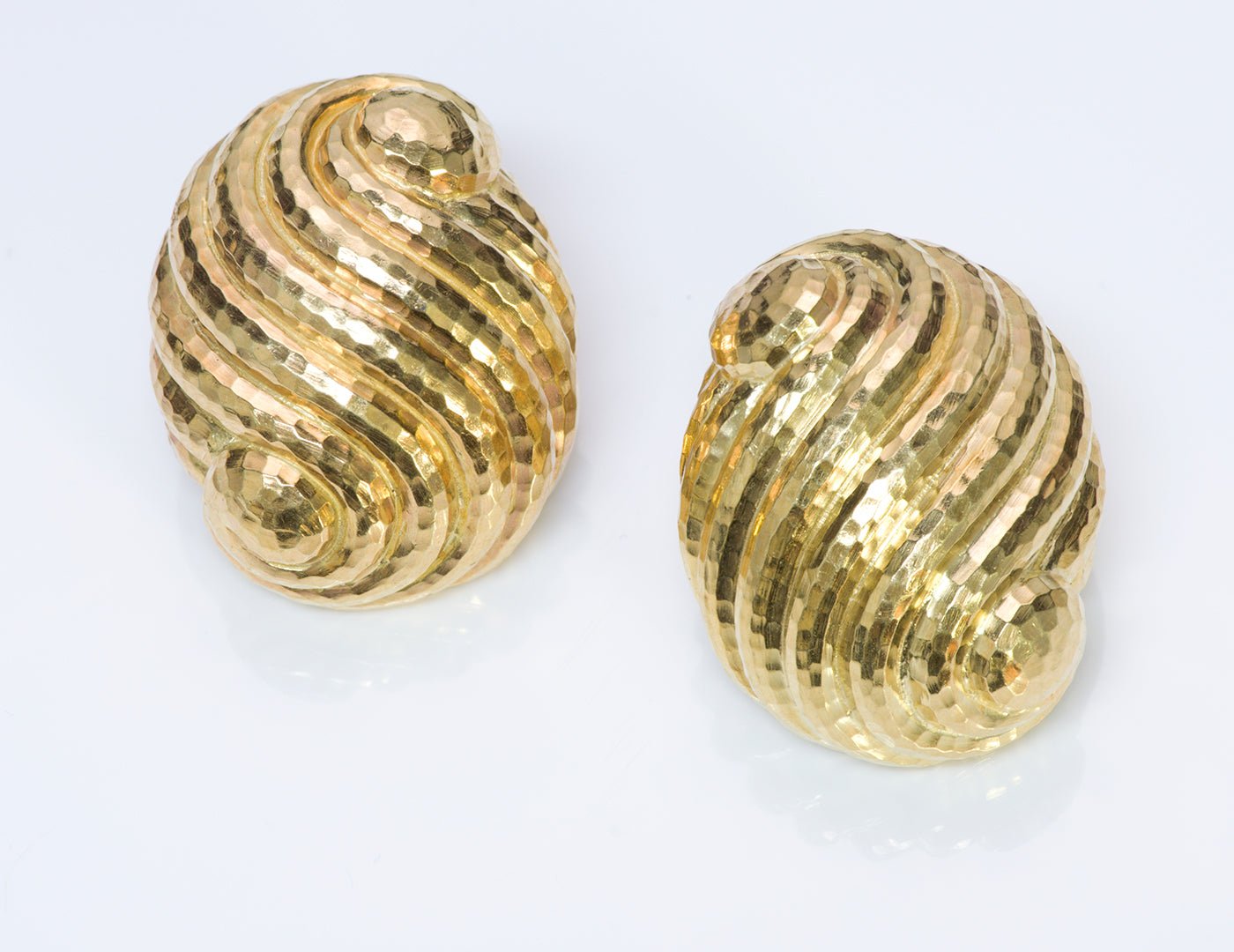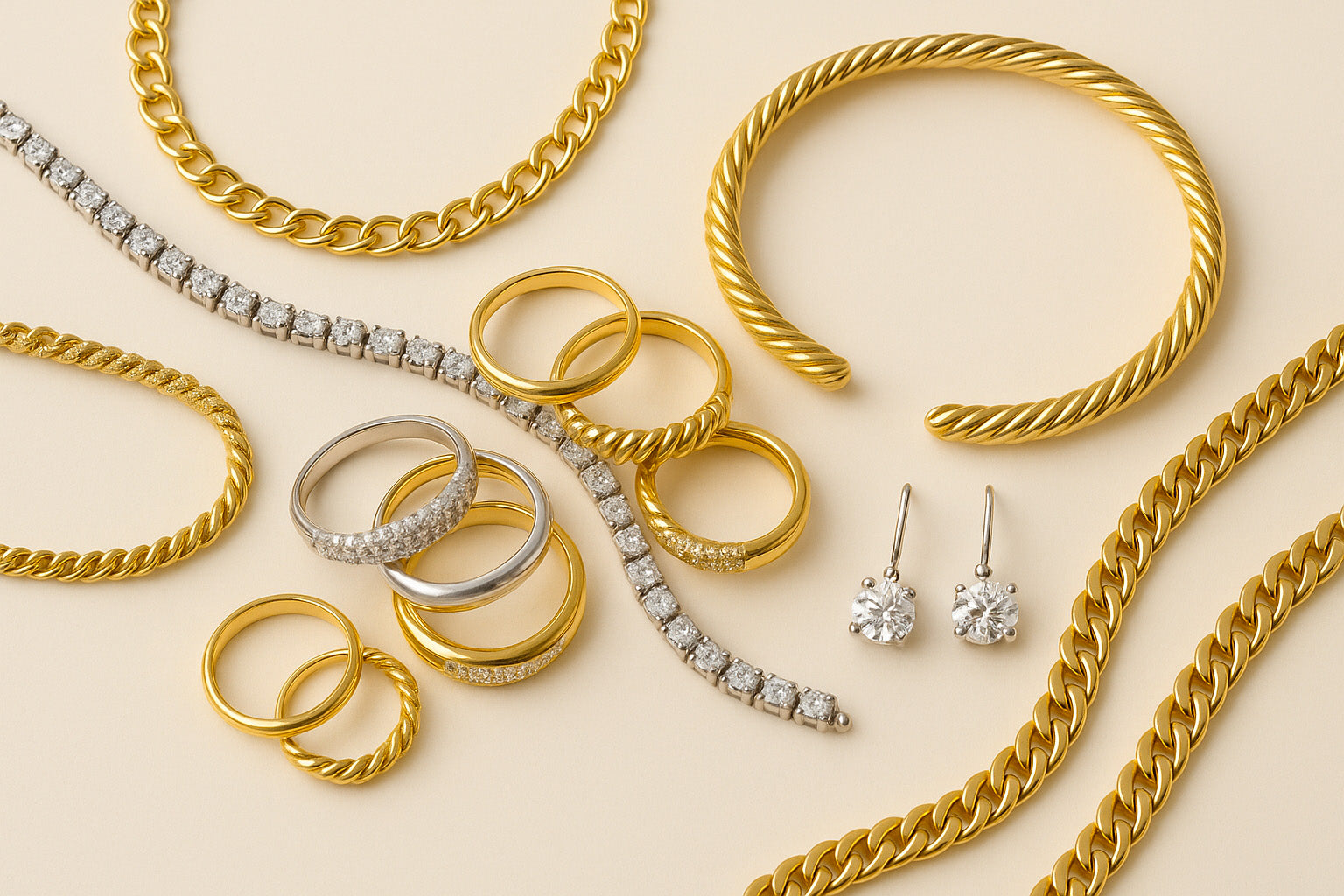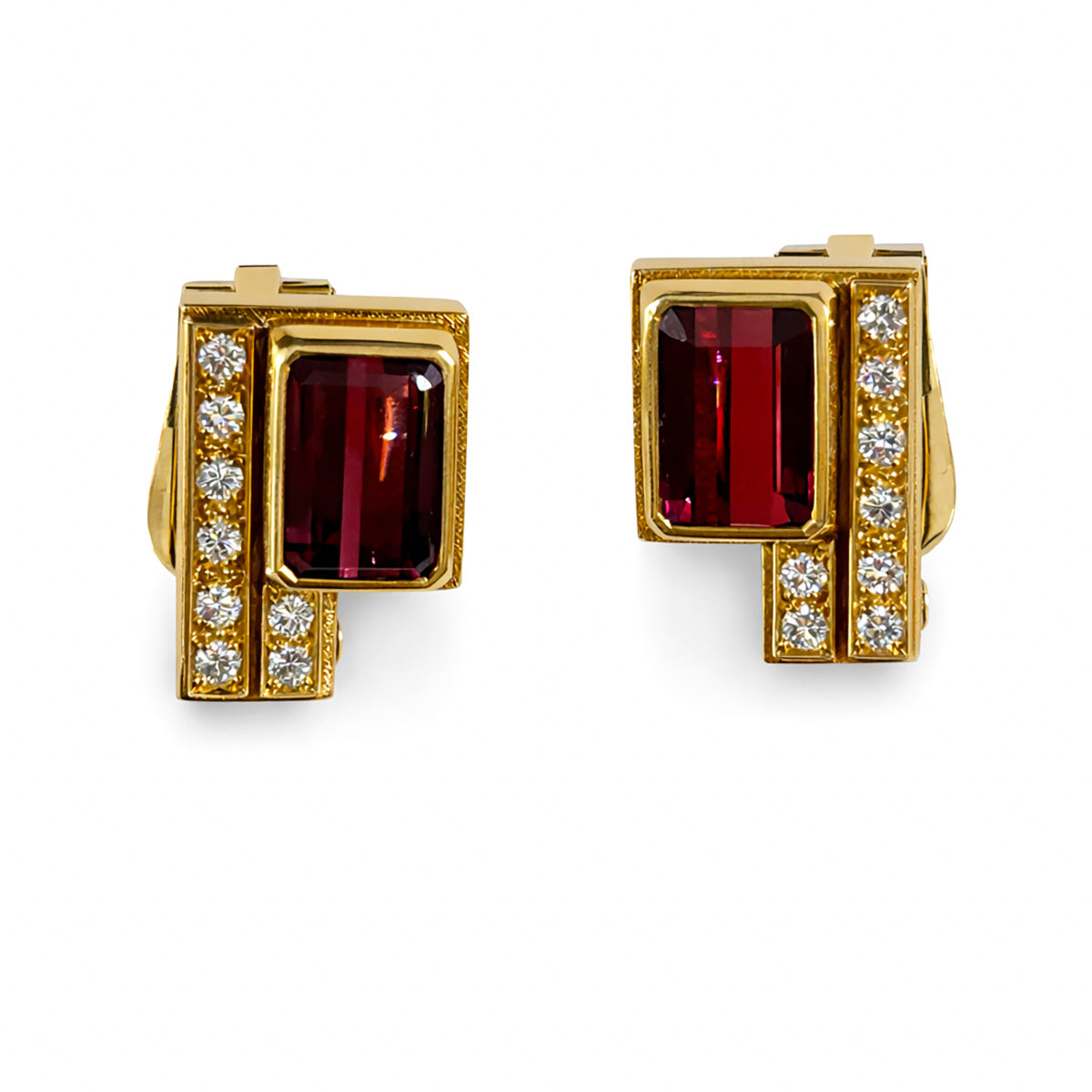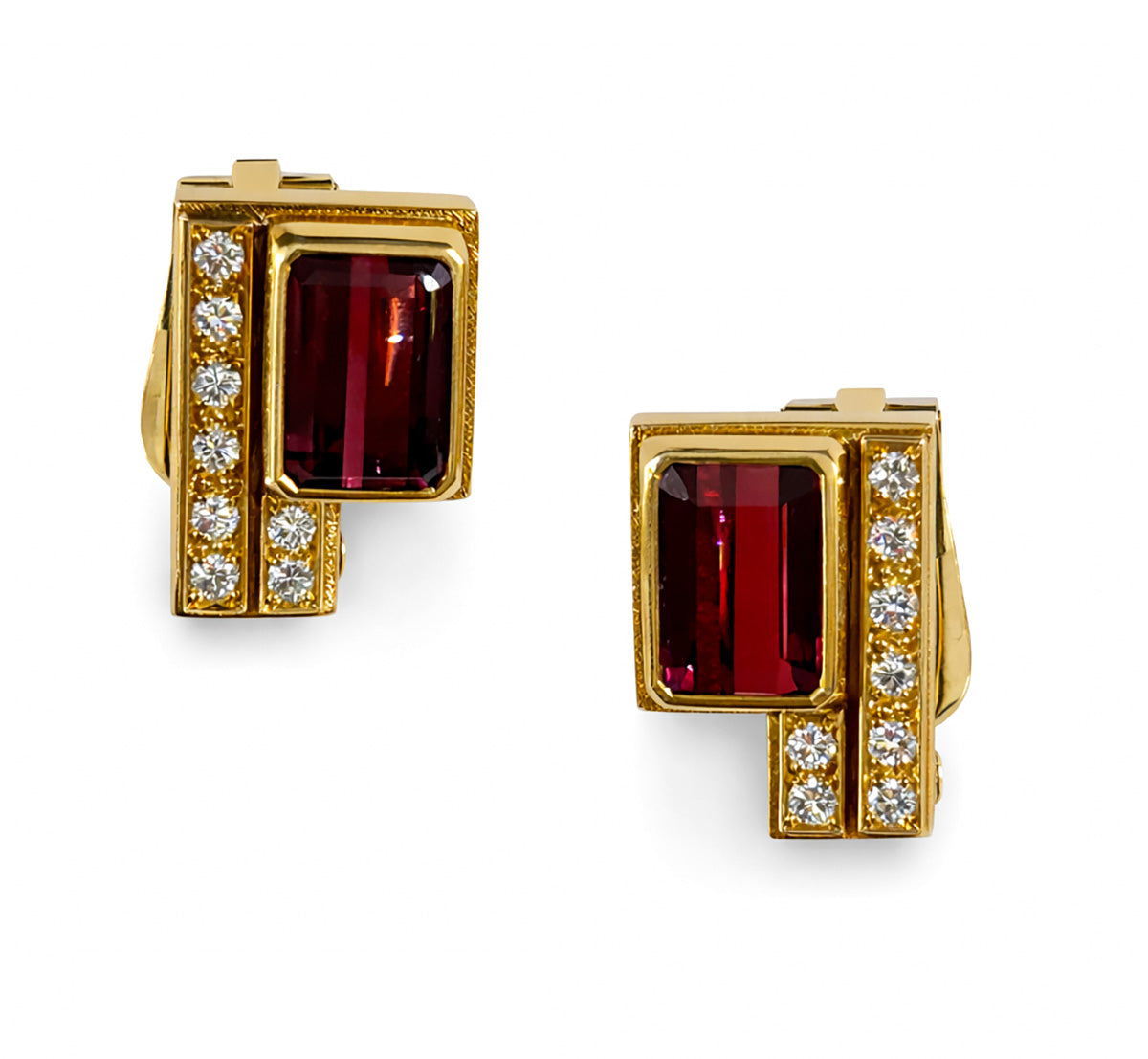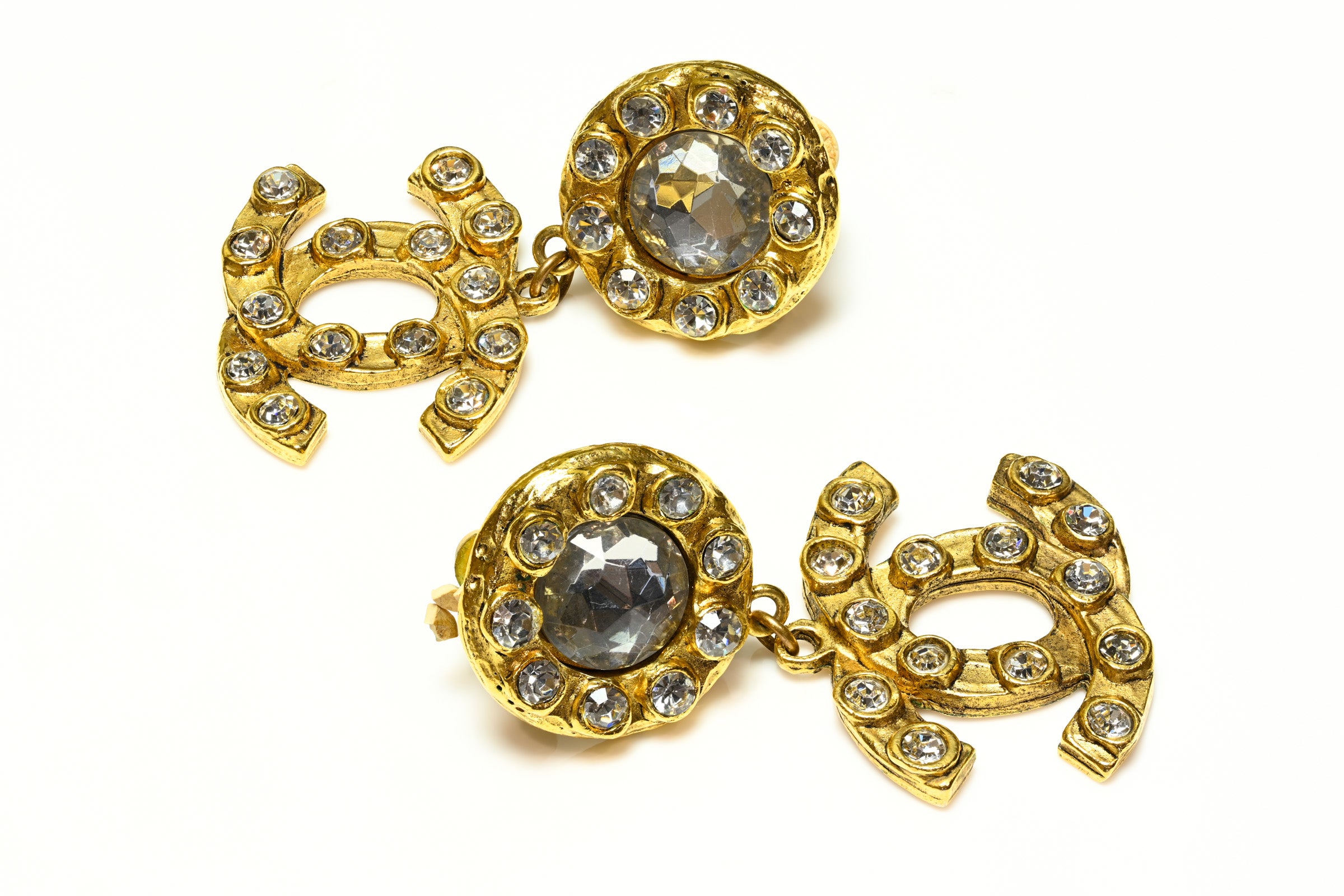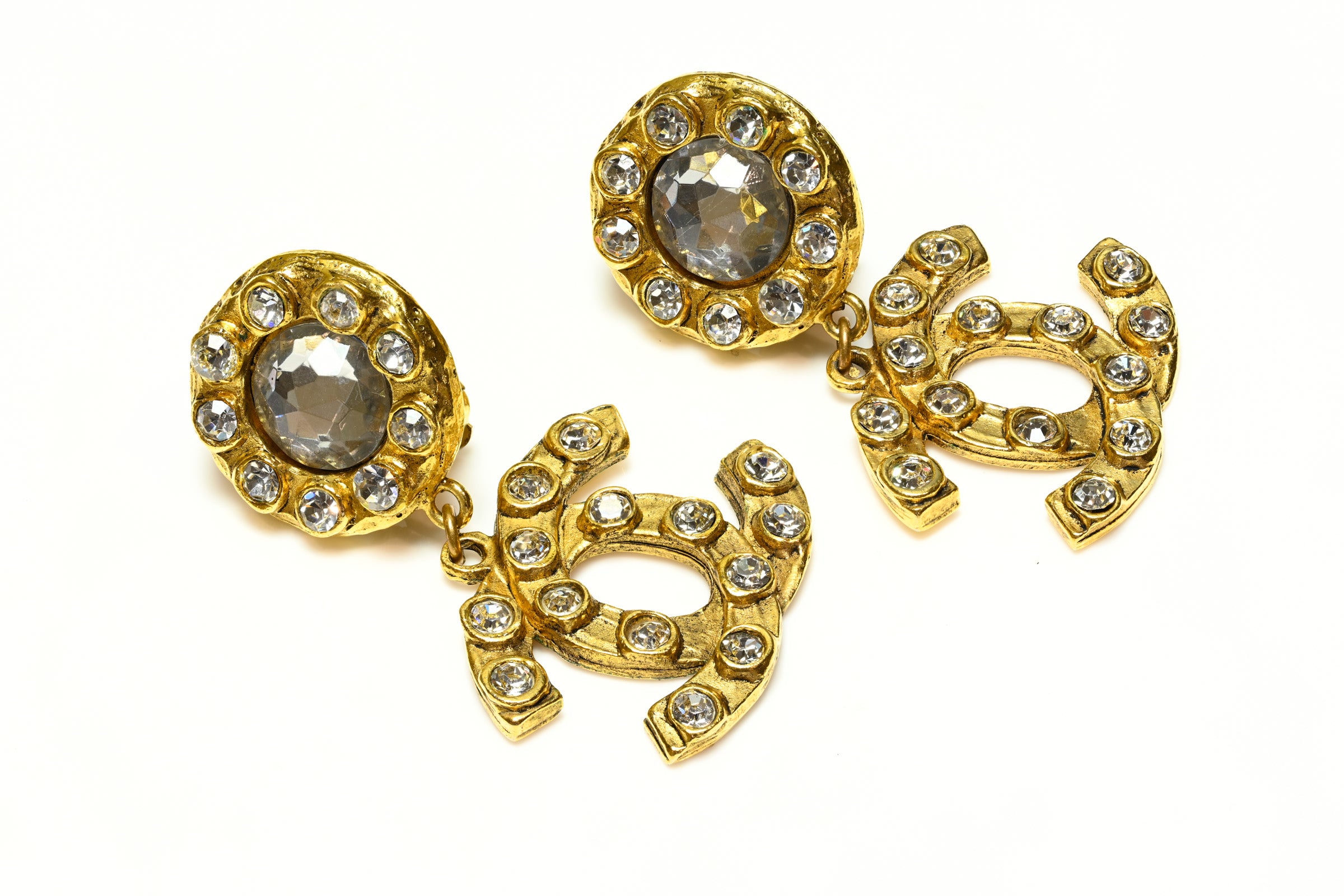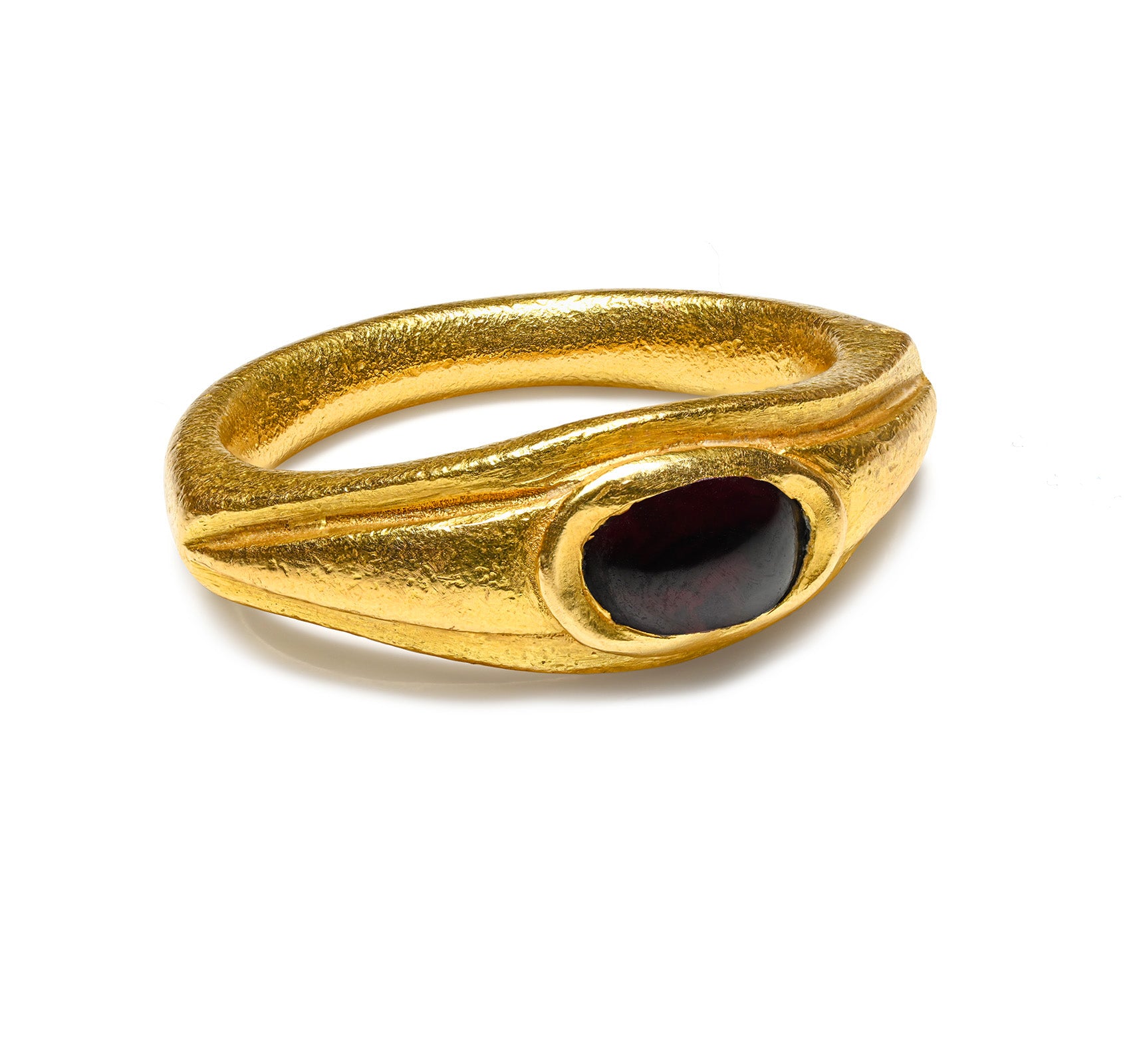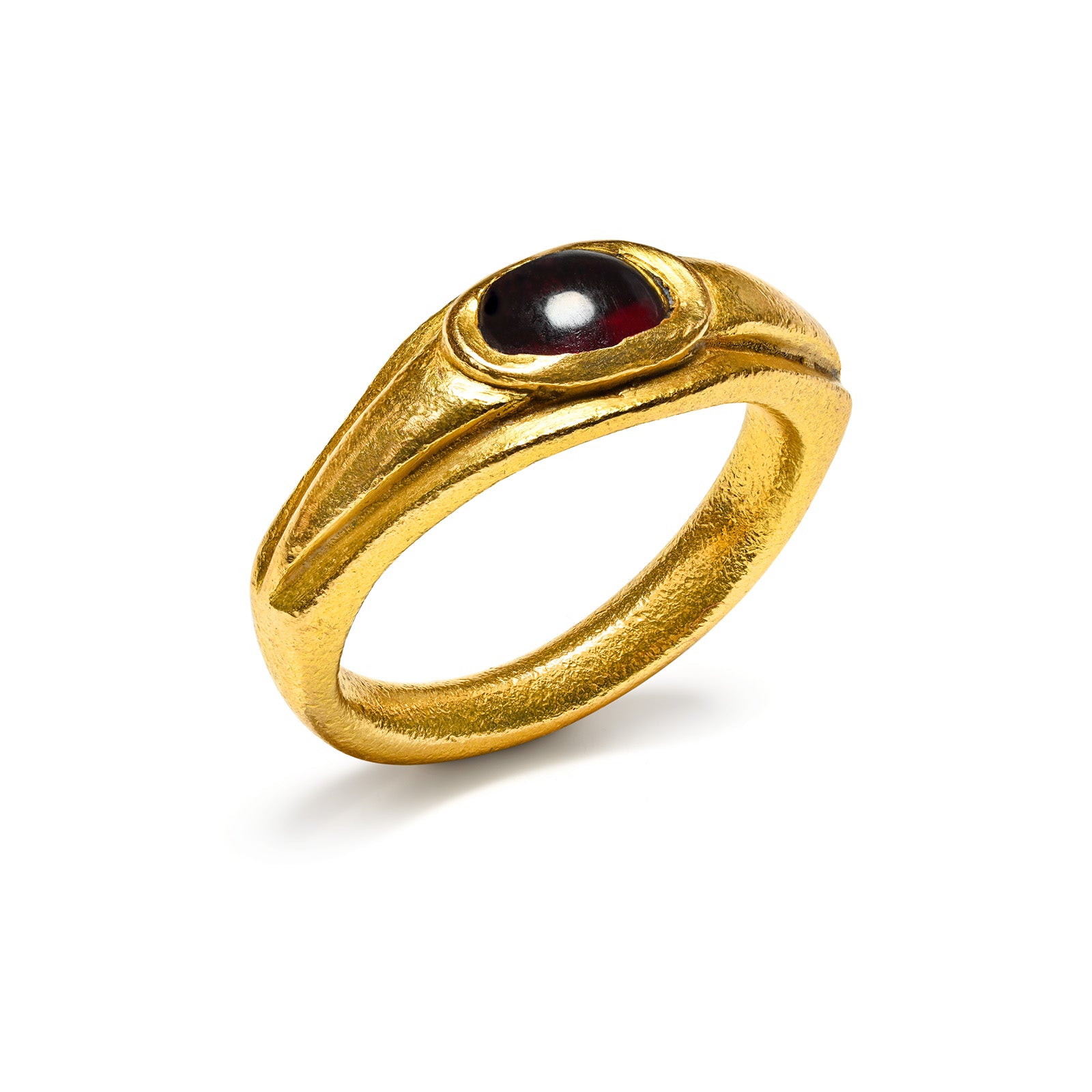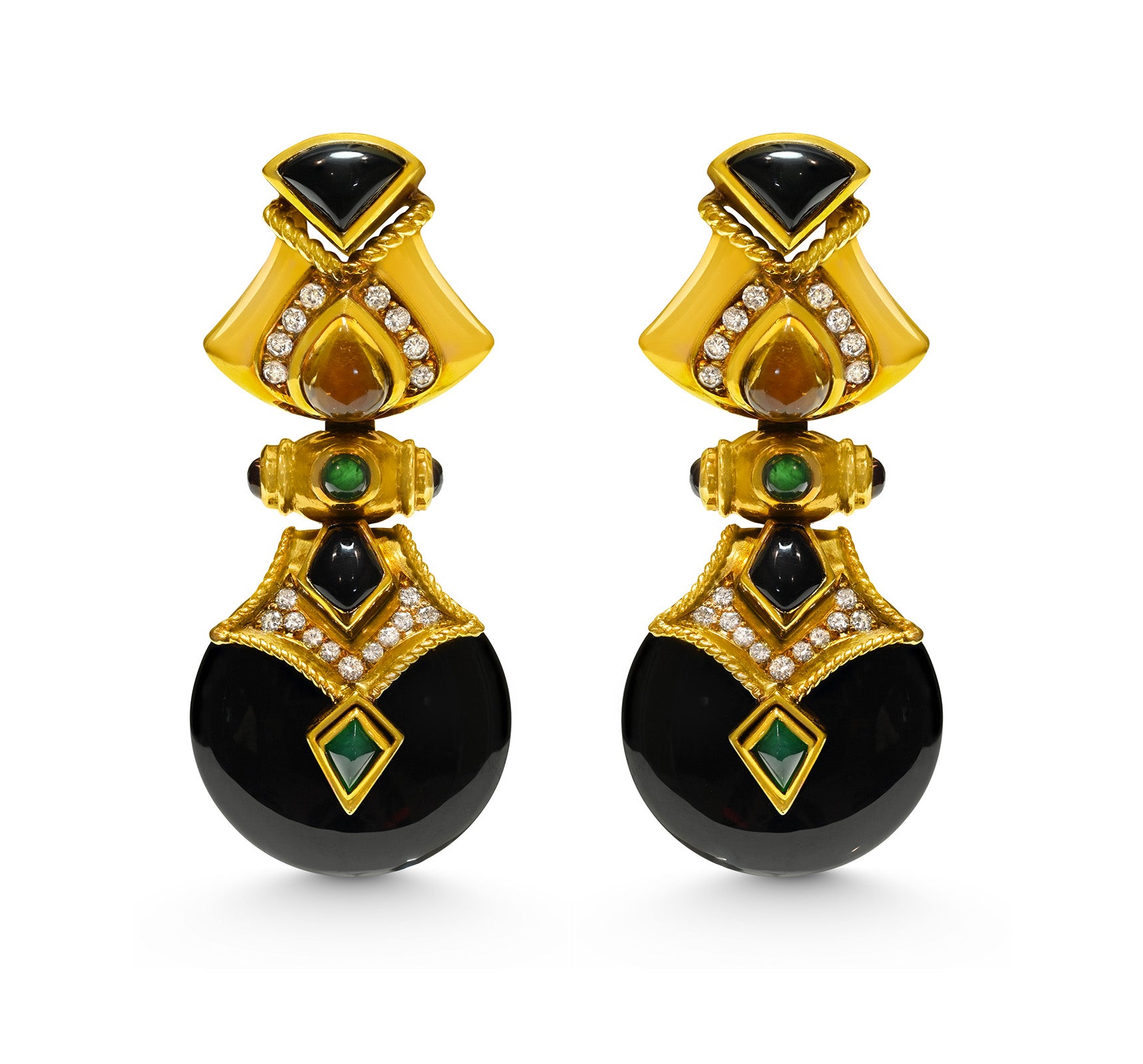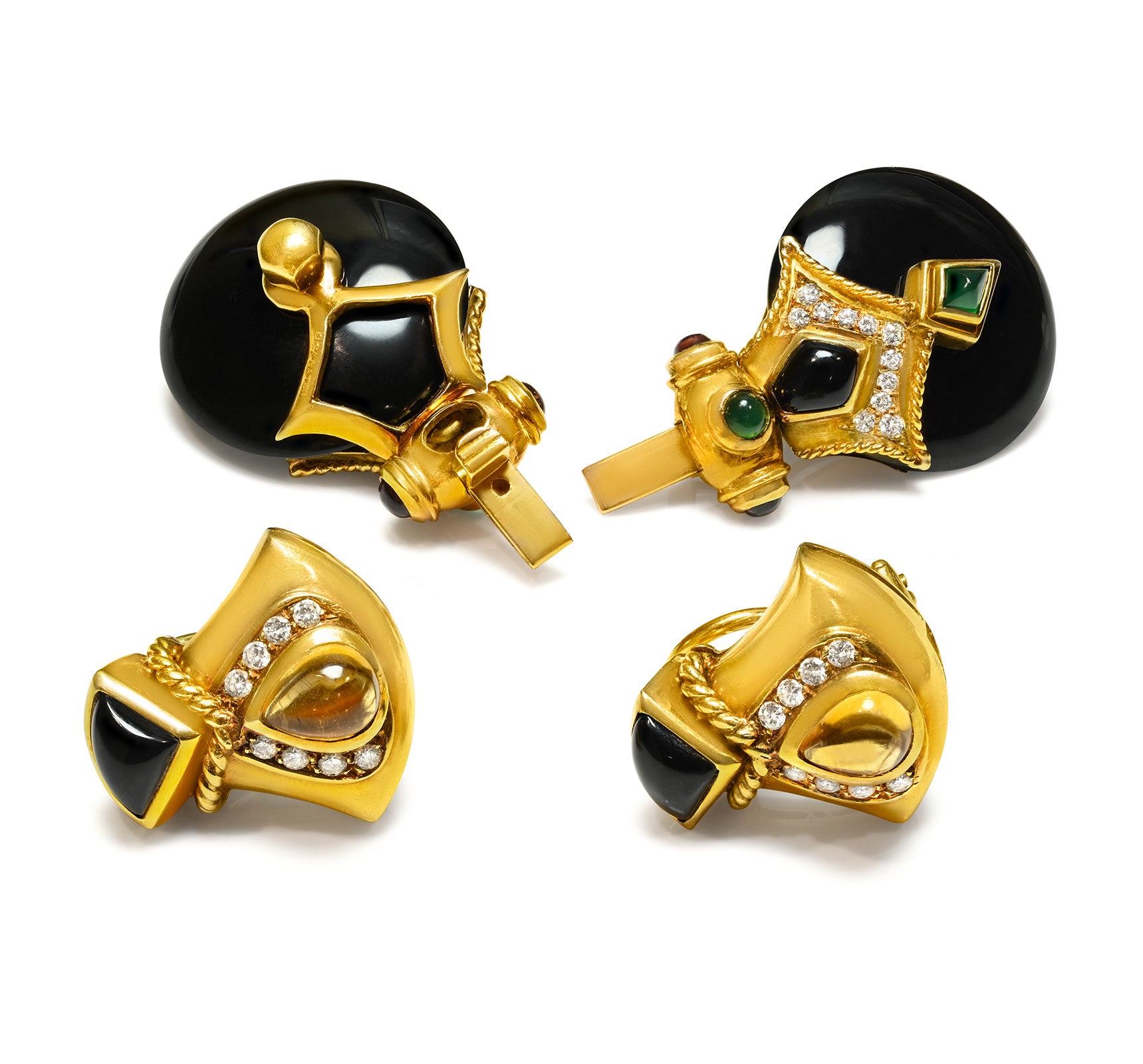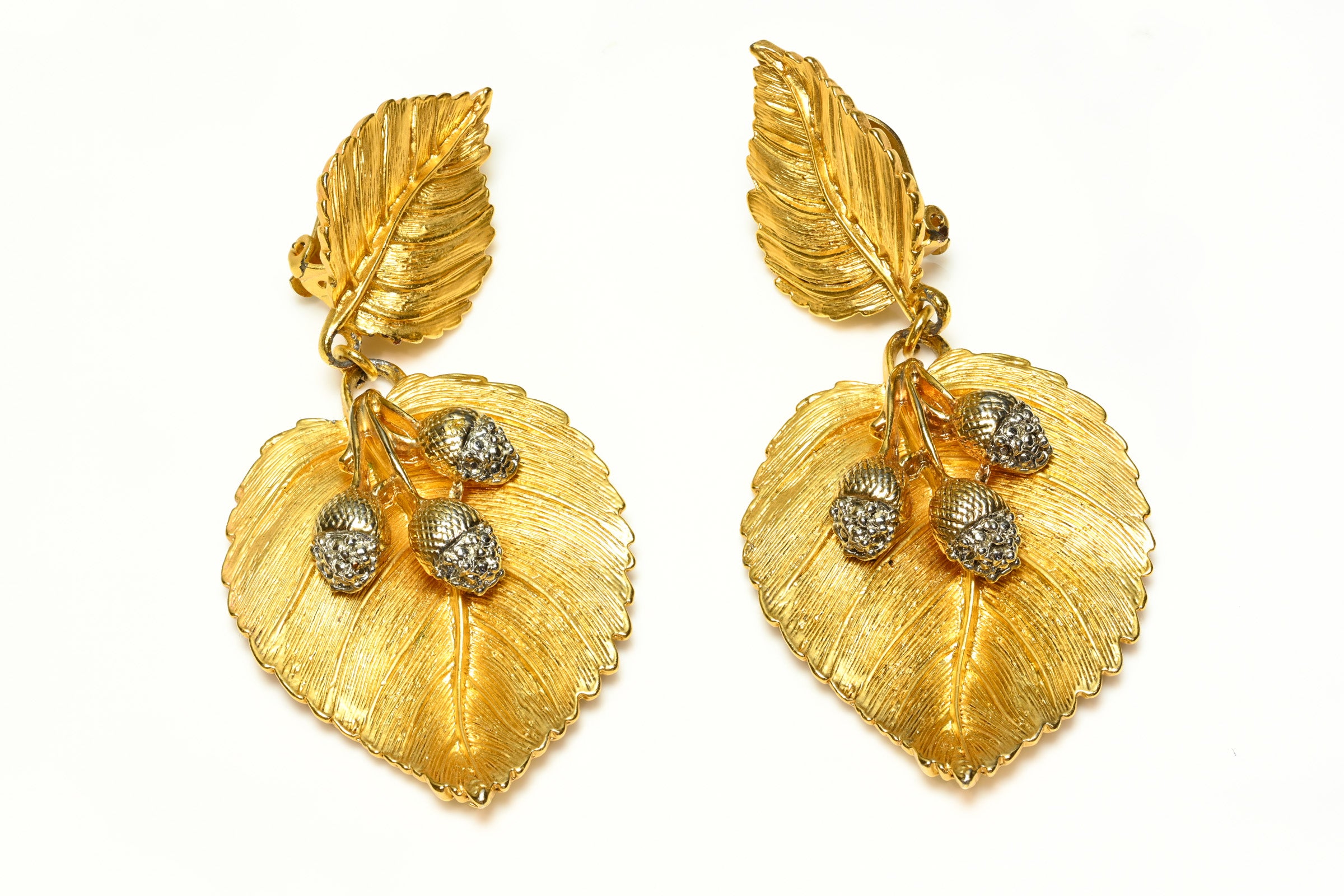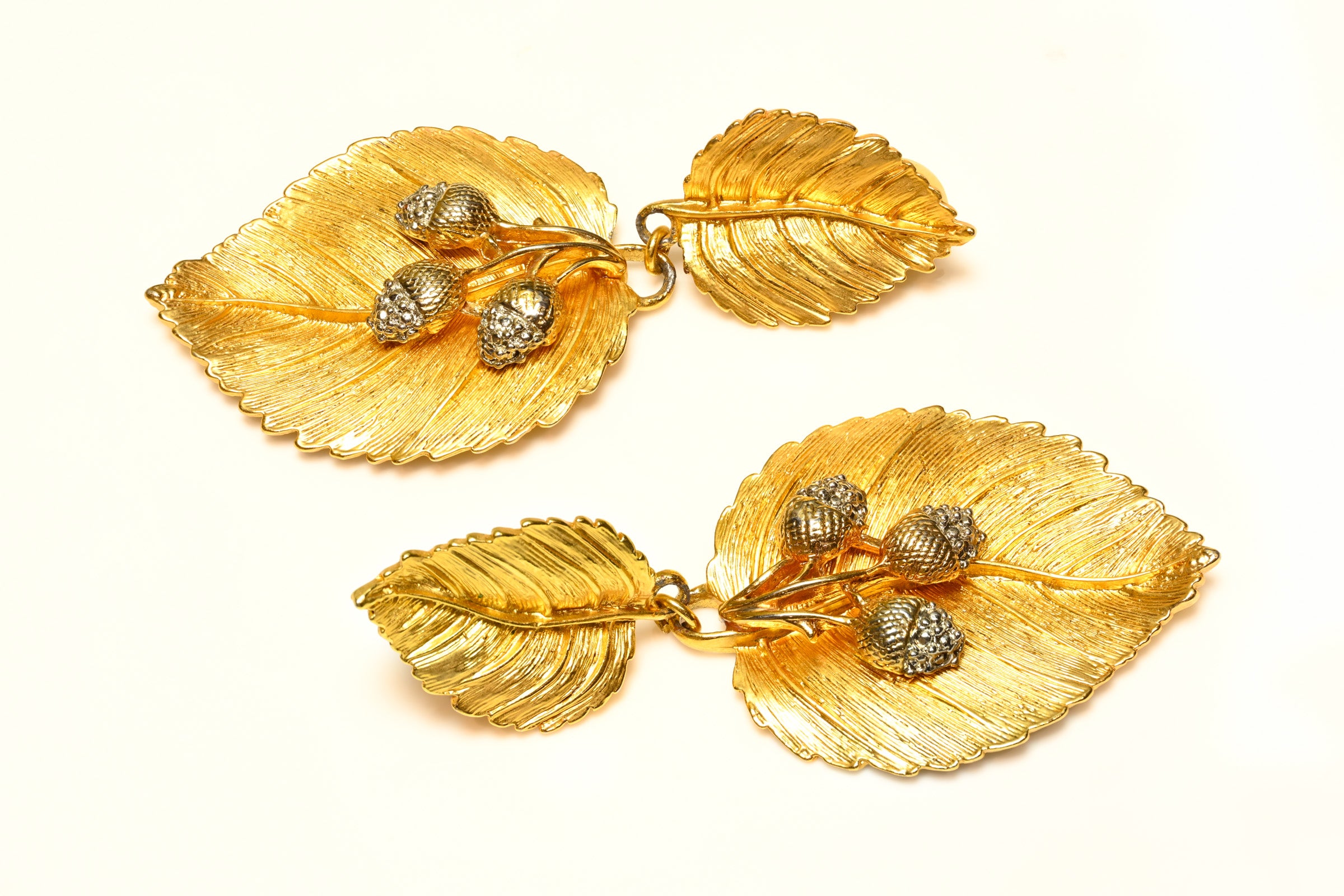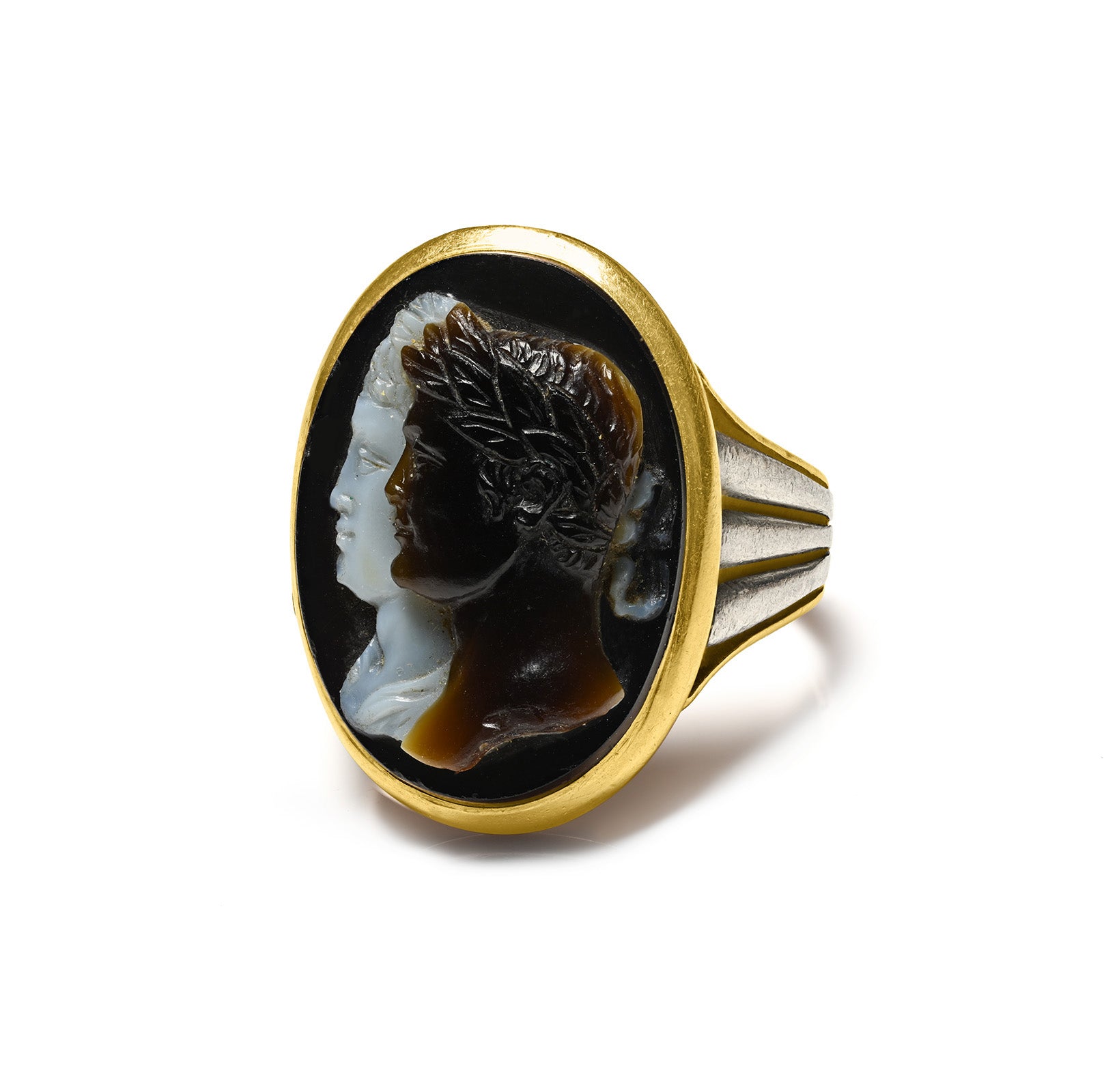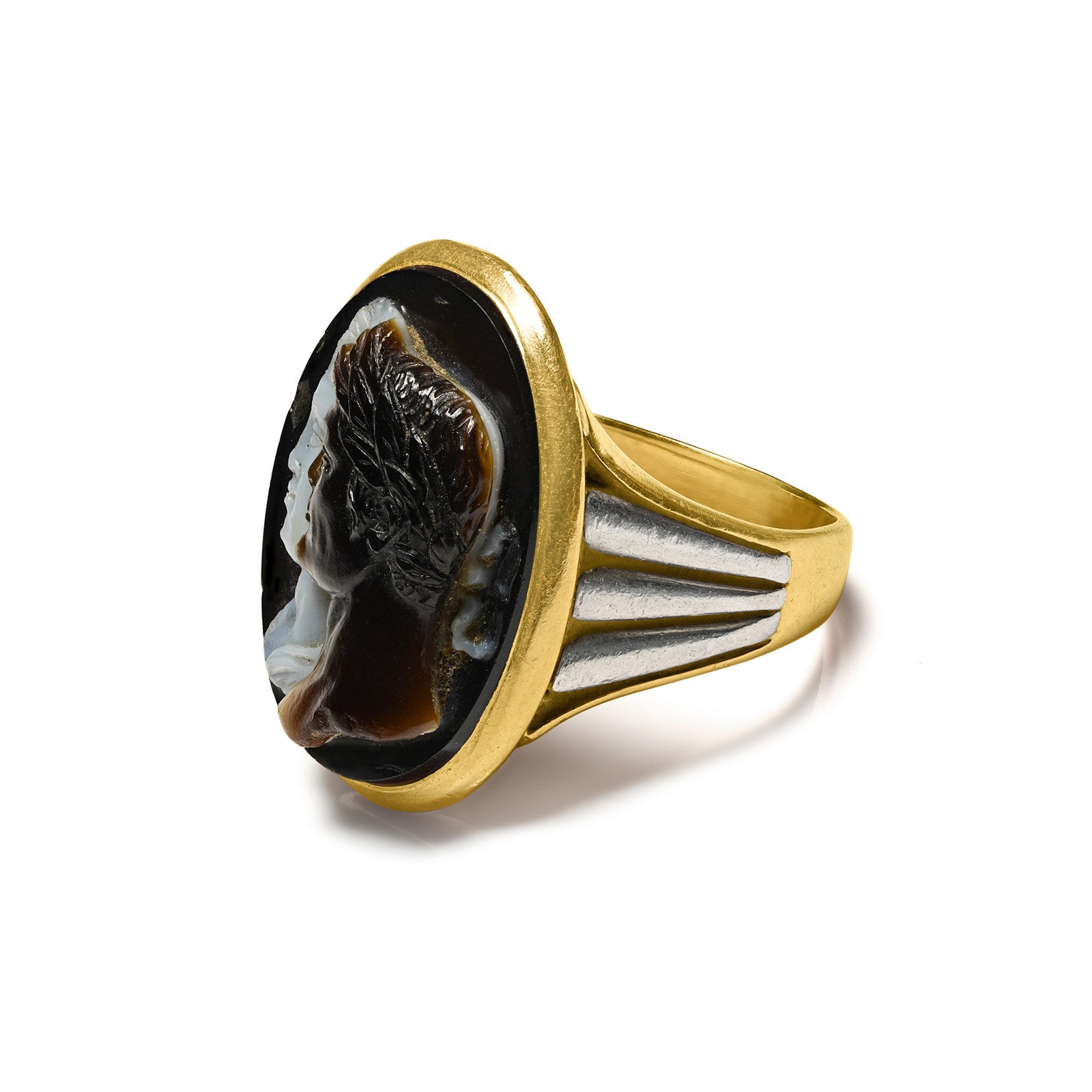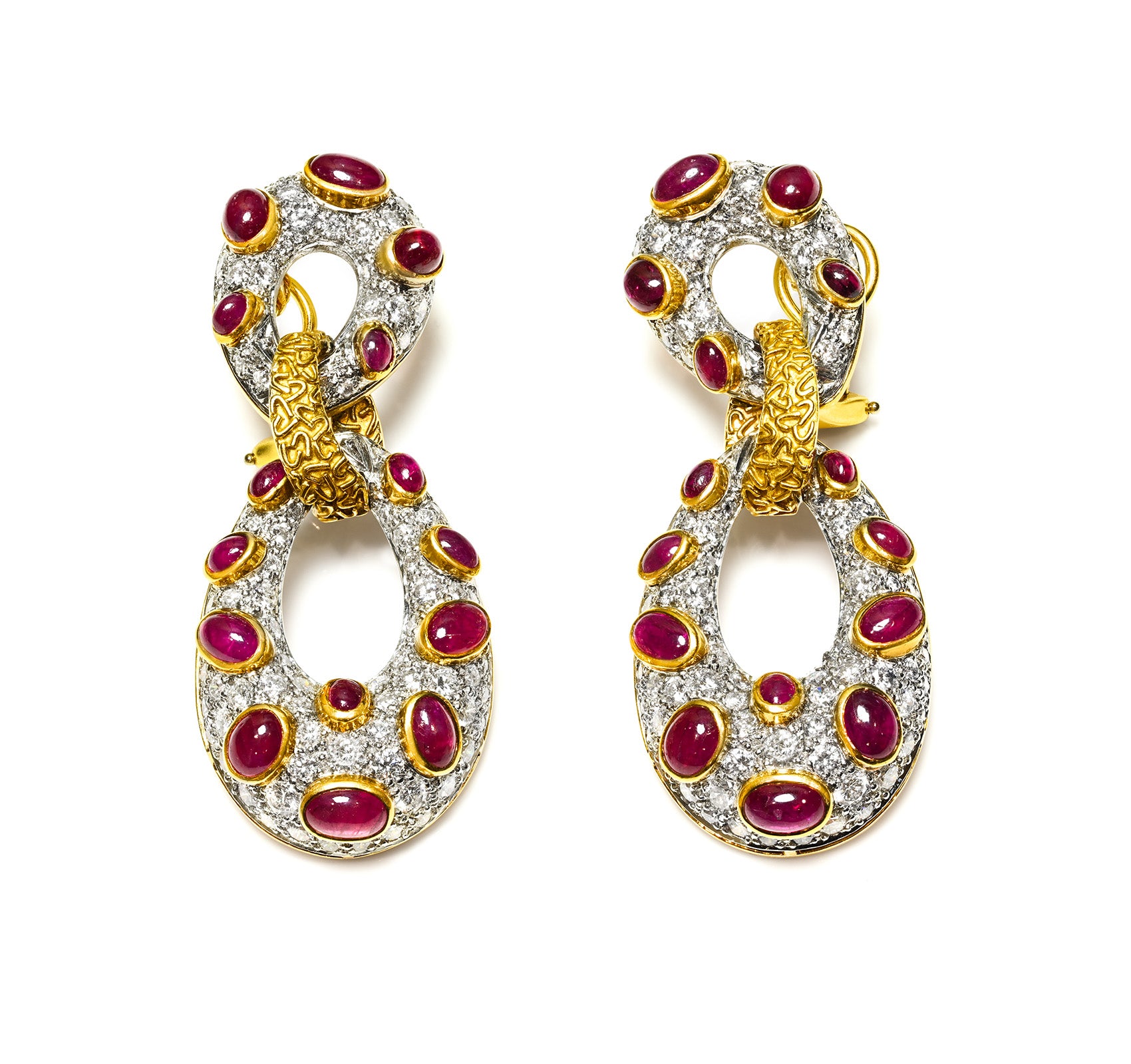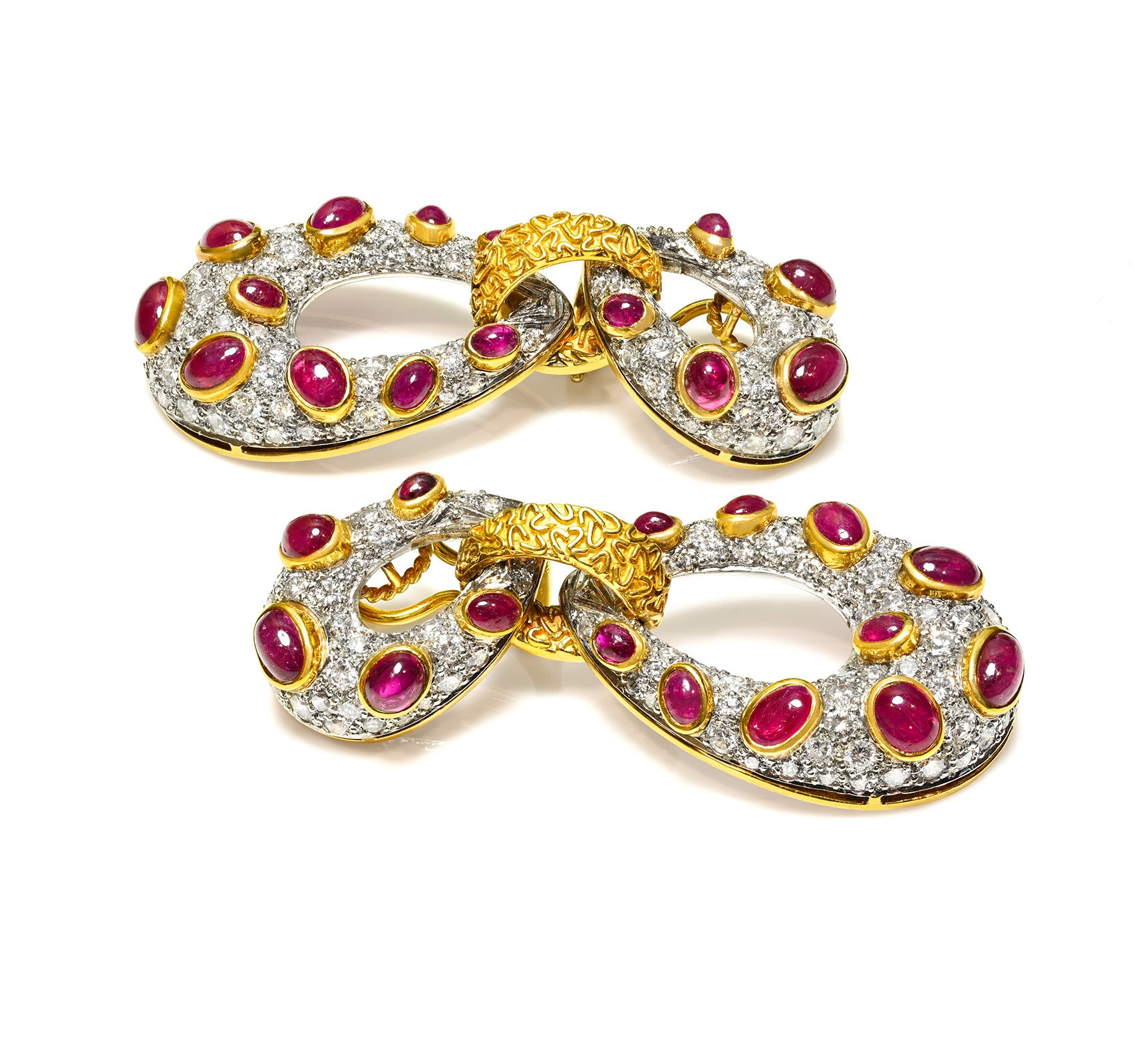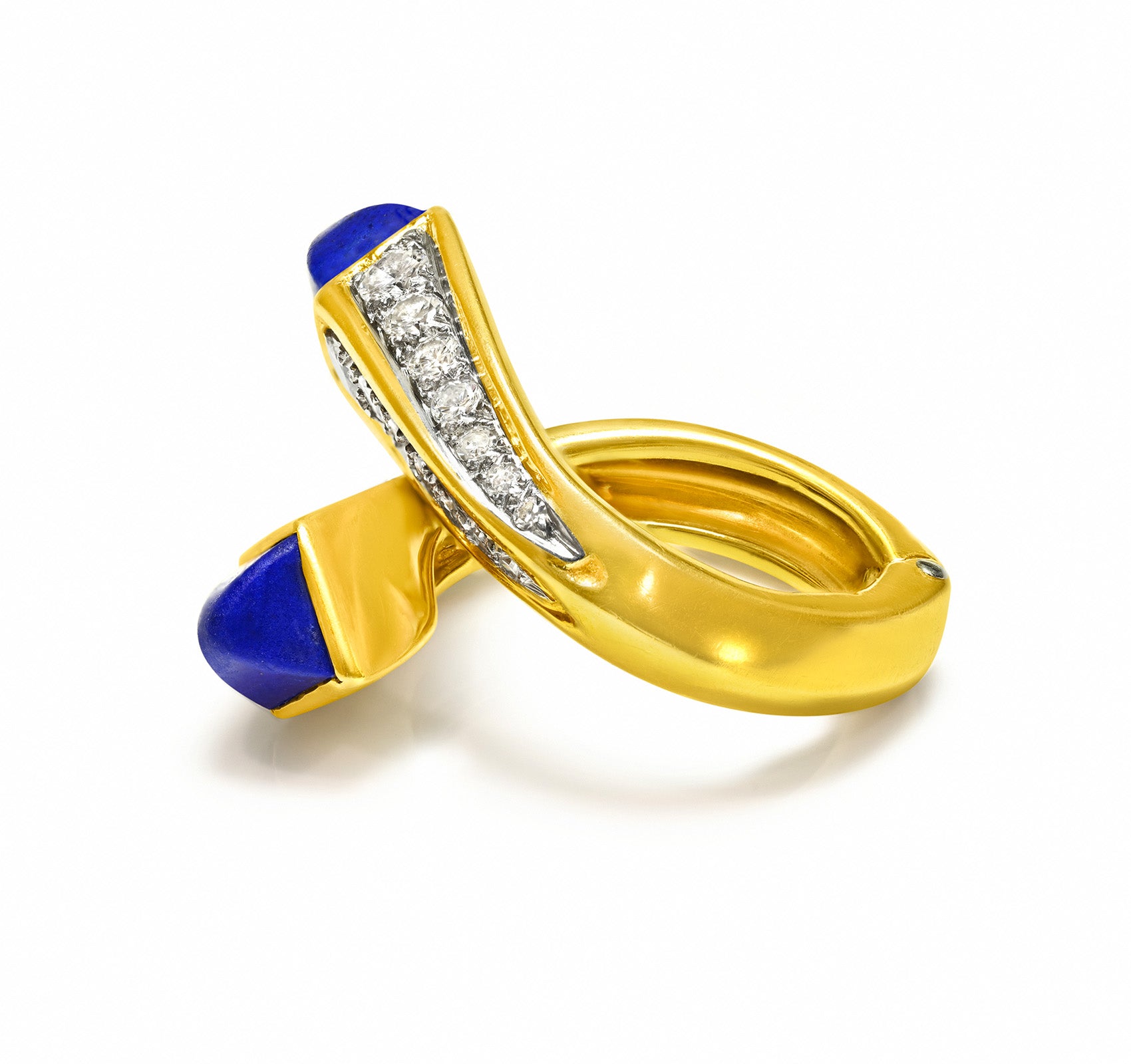
Rarity Preserved: Exploring the Collections of DSF Antique Jewelry
In a world where mass production dominates the jewelry market, DSF Antique Jewelry stands as a beacon of rarity, heritage, and authenticity. Based in New York, DSF curates museum-quality treasures that transcend fashion trends and fleeting seasons, offering collectors and connoisseurs the chance to own objects of enduring value. Each jewel is more than just an ornament—it is a fragment of history, a testimony to centuries of artistry, craftsmanship, and cultural evolution.
From the sentimental motifs of the Georgian and Victorian eras to the bold geometry of Art Deco and the avant-garde visions of designers like David Webb or Angela Cummings, the DSF collection spans centuries of jewelry design. With each acquisition, the focus is on condition, provenance, and rarity—qualities that make DSF a trusted name for private collectors, fashion insiders, and jewelry historians alike. Whether it is a diamond-studded Edwardian bracelet, a Lalique-inspired Art Nouveau pendant, or a Cartier cigarette case, DSF ensures that every piece tells a story worth preserving.
What Makes DSF Antique Jewelry Unique
Rarity as the Core Value
The heart of DSF’s philosophy lies in rarity. In the world of antique and vintage jewelry, rarity can mean several things: a jewel produced in limited quantities, a piece designed by a master craftsman, or an object that has survived the passage of time in near-perfect condition. Unlike contemporary jewelry, which is often produced in multiples, DSF’s catalog is built on the extraordinary—the one-of-a-kind and the hard-to-find.
Condition and Provenance
Another defining feature of DSF’s collection is its uncompromising attention to condition and provenance. Every jewel is carefully examined to ensure authenticity, quality, and preservation of original details. Hallmarks, maker’s marks, and assay stamps are verified and documented, linking each piece to its place in history. Provenance—the story of ownership and origin—adds further depth, transforming jewelry into tangible artifacts of cultural and personal legacy.
Variety and Breadth of Collections
DSF Antique Jewelry is not confined to one era or style. The collections extend from Georgian foiled diamonds to Victorian mourning jewels, from Edwardian platinum filigree to Art Deco geometric masterpieces. Beyond jewelry, DSF also curates rare objects: enameled gold inkwells, signed cufflinks, and intricate stick pins that reflect the lifestyle and artistry of their respective periods. This breadth ensures that the collection appeals not only to collectors seeking masterpieces but also to those discovering their first heirloom.
Trust and Expertise
The credibility of DSF lies in decades of expertise. Collectors rely on the brand’s meticulous eye, confident that every acquisition has been authenticated and preserved to the highest standards. The company’s emphasis on scholarly knowledge—drawing from historic sources, archives, and academic references—makes DSF more than a retailer. It is a custodian of heritage, safeguarding treasures so that they may continue to inspire future generations.
The Language of Eras – From Georgian to Modern
The Georgian Era (1714–1837): Jewels of Sentiment and Subtlety
Jewelry of the Georgian period is exceedingly rare today, largely because so few pieces have survived intact. Those that remain are treasured for their handmade character, intimate symbolism, and historic significance. Georgian jewelers worked entirely by hand, long before the advent of modern machinery, which gives each creation an individuality impossible to replicate.
Hallmarks of the era include closed-back settings with foiled diamonds or colored gemstones that created shimmering effects under candlelight. Sentimental jewels—mourning rings with enamel inscriptions, heart-shaped pendants, and miniature portrait lockets—were cherished as personal tokens of memory and devotion. Materials such as high-karat gold, table-cut and rose-cut diamonds, garnets, and seed pearls were common. DSF’s acquisitions from this era often highlight the artistry of master goldsmiths, whose delicate repoussé and chased goldwork remain unmatched in their refinement.
For collectors, Georgian jewelry represents not just beauty but rarity on the highest level. With fewer than two centuries of surviving examples, these pieces are tangible links to the dawn of modern jewelry design.

The Victorian Era (1837–1901): Romance, Symbolism, and Transformation
The reign of Queen Victoria ushered in one of the most dynamic and prolific jewelry eras in history. Spanning over six decades, the Victorian period is typically divided into three stylistic phases: the Romantic, the Grand, and the Aesthetic.
-
Romantic Period (1837–1861): Jewelry reflected the young queen’s love story with Prince Albert. Snake motifs symbolized eternal love, while lockets and bracelets held locks of hair or miniature portraits. Gold was the dominant metal, often paired with cabochon garnets, turquoise, or enamel decoration.
-
Grand Period (1861–1885): Following Albert’s death, mourning jewelry became widespread. Jet, onyx, and black enamel were used extensively. Pieces grew bolder, influenced by archaeological discoveries in Italy and Egypt. Cameos, micro-mosaics, and revivalist designs connected wearers to ancient civilizations.
-
Aesthetic Period (1885–1901): Toward the end of the century, jewelry shifted toward lighter, more whimsical designs. Naturalistic motifs such as flowers, birds, and crescent moons gained popularity. Diamonds and colored gemstones were set in refined mountings, anticipating the elegance of Edwardian jewelry.
DSF’s collection of Victorian jewels includes intricately enameled bracelets, sentimental rings, and revivalist gold creations—each reflecting the emotional intensity and evolving tastes of the 19th century.
The Edwardian Era (1901–1910): Elegance in Platinum and Diamonds
The Edwardian period coincided with technical innovations in metalwork, most notably the use of platinum in jewelry. Strong yet malleable, platinum allowed jewelers to create delicate, lace-like designs that seemed almost weightless. The result was an era of refined elegance, where jewelry resembled embroidery in precious metal.
Diamonds dominated Edwardian jewels, often accented by pearls and sapphires. Brooches, tiaras, and dog-collar necklaces (known as colliers de chien) became fashionable among the elite. DSF’s Edwardian pieces embody this sophistication—exquisite platinum filigree bracelets, diamond-studded garlands, and sapphire-accented rings that capture the grace of early 20th-century design.
For collectors, Edwardian jewelry represents a brief but dazzling moment in history, bridging the ornate sentimentality of the Victorian era and the bold modernism of Art Deco.
The Art Nouveau Era (1890–1915): Nature, Symbolism, and Artistic Freedom
Running parallel to the Edwardian style, Art Nouveau jewelry broke with tradition, embracing nature-inspired motifs and artistic experimentation. Designers such as René Lalique, Georges Fouquet, and Henri Vever transformed jewelry into miniature works of art, blurring the boundary between ornament and sculpture.
Art Nouveau pieces often feature flowing, asymmetrical lines, mystical creatures, and botanical motifs. Materials such as enamel, horn, glass, and semi-precious stones were elevated to the same status as diamonds and gold. Symbolism was key: dragonflies, orchids, and female figures were metaphors for transformation, sensuality, and mystery.
DSF’s Art Nouveau acquisitions are testaments to this revolutionary vision—delicate pendants with plique-à-jour enamel, rings with organic settings, and brooches where craftsmanship meets poetry. These jewels appeal not only to collectors but also to art historians, given their direct connection to one of the most avant-garde movements in decorative arts.

The Art Deco Era (1920s–1930s): Bold Geometry and Modern Glamour
If Art Nouveau celebrated curves and nature, Art Deco was its opposite—modern, streamlined, and geometric. Inspired by the Machine Age, the Jazz Age, and global influences such as Egyptian revival after the discovery of Tutankhamun’s tomb, Art Deco jewelry embraced symmetry and bold contrasts.
Platinum and white gold settings showcased diamonds, onyx, emeralds, rubies, and sapphires in striking combinations. Cocktail rings, sautoirs, and cigarette cases defined the glamour of the Roaring Twenties. DSF’s Art Deco collection includes architectural bracelets, geometric brooches, and diamond-studded accessories that embody the energy of the period.
Art Deco continues to resonate with collectors today, prized for its timeless modernity and investment potential. Each piece from this era feels as relevant in the 21st century as it did nearly a century ago.
Mid-Century & Retro Jewelry (1940s–1960s): Gold Revival and Hollywood Glamour
The upheaval of World War II reshaped jewelry design. With platinum restricted for military use, gold re-emerged as the metal of choice. Jewelers embraced bold, sculptural forms, often accented with rubies, aquamarines, or citrines. Retro jewelry is characterized by oversized bracelets, tank-style watches, and whimsical brooches.
By the 1950s and 1960s, Mid-Century design reflected post-war optimism and Hollywood’s influence. Diamonds regained prominence, showcased in glamorous cocktail rings and statement earrings. Designs became both playful and luxurious, embodying the spirit of an age defined by innovation and prosperity. DSF’s Mid-Century holdings include retro gold link bracelets, dramatic gemstone rings, and diamond clip brooches once worn as symbols of elegance and success.
Contemporary Signed Designers: Icons of the 20th Century
In addition to antique pieces, DSF curates jewelry by legendary 20th-century designers whose creations remain highly collectible. Signed jewels from Cartier, Tiffany & Co., Van Cleef & Arpels, Boucheron, Buccellati, David Webb, Angela Cummings, Chanel, and Dior are highlights of the collection.
These jewels embody both artistry and branding—masterpieces that carry the prestige of maisons known worldwide for excellence. A Cartier panther brooch, a Tiffany Schlumberger enamel bracelet, or a Webb hammered gold cocktail ring represents not only exquisite craftsmanship but also cultural heritage. Collectors treasure such signed pieces as they embody both rarity and enduring prestige.


